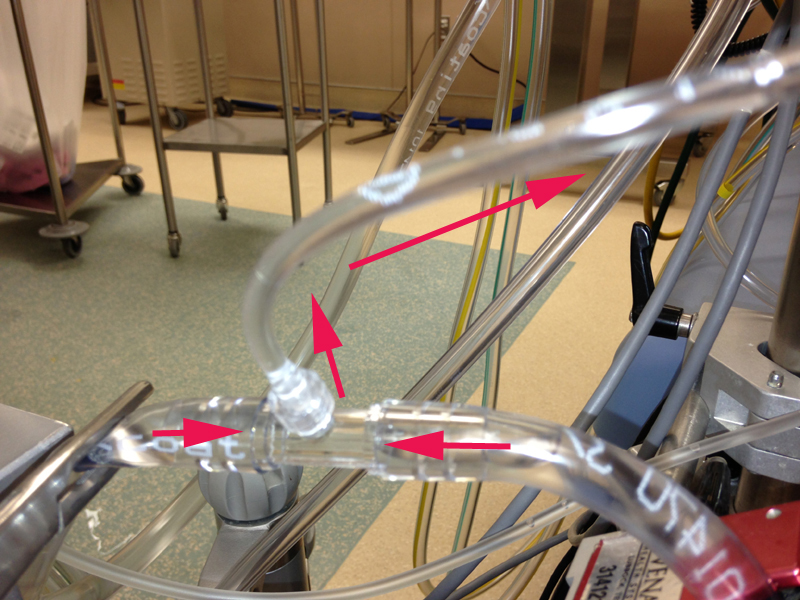Air in Extracorporeal Membrane Oxygenation: Can Never be Overemphasized

Introduction
Air in extracorporeal membrane oxygenation circuit may lead to deleterious consequence.
Case report
Three cases of air in extracorporeal membrane oxygenation were presented. Air was introduced from right jugular venous sheath during percutaneous septal repair, pulmonary artery catheter during intensive care unit, and sewing holes on atrial wall during surgery respectively. Accidents in Case 2 and Case 3 were successfully managed, while Case 1 was suspected of cerebral air embolism through transseptal right-to-left shunt.
Discussion
With extracorporeal membrane oxygenation being widely applied in more clinical settings, especially in catheterization lab, risks of air in extracorporeal membrane oxygenation increase. More attention should be paid to patients with communication between right and left heart system, especially in situations when venous accesses’ exposure to air could not be avoided.
Conclusion
Air in the extracorporeal membrane oxygenation circuit should never be overemphasized, especially during special procedures.
